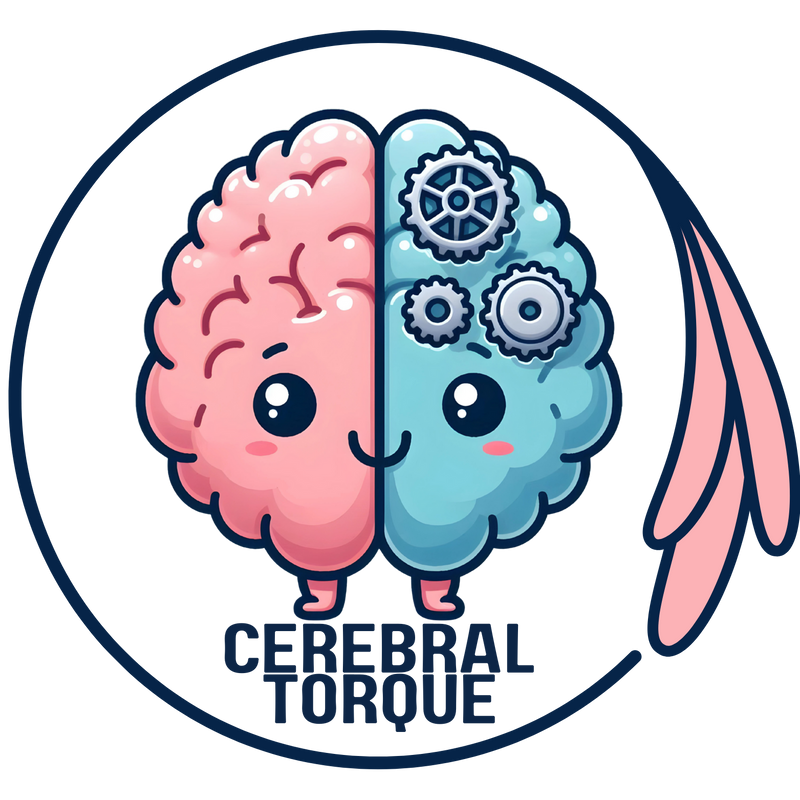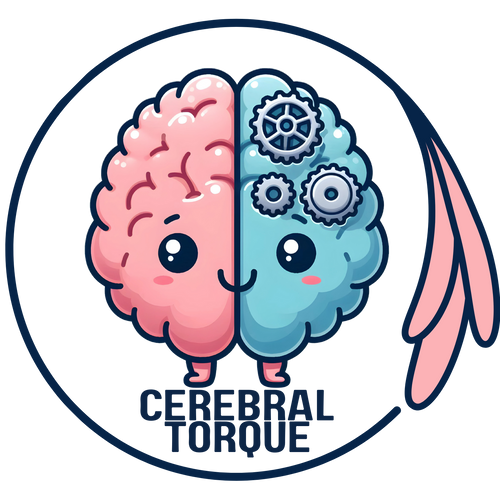Aura Characteristics in Migraine Disease
Posted on November 27 2024,
What Does Migraine Aura Look Like?
Based on Research by Joppeková et al. (2025) and an Italian Multicenter Study (2024)
Most Common Visual Aura Symptoms
Typical Aura Duration
Types of Aura Symptoms
Visual Aura Breakdown
Associated Symptoms & Features
Patient Demographics & Patterns
Clinical Insights
- Visual auras typically develop gradually over 5+ minutes (unlike sudden stroke symptoms)
- Most patients experience a mix of positive (bright lights, zigzags) and negative (blind spots) symptoms
- The "fortification spectrum" - expanding C-shaped zigzag pattern - is pathognomonic for migraine
- Symptoms often start in central vision and spread outward
- Women are 4x more likely to experience migraine with aura than men (82% female in recent studies)
- Visual aura can occur with or without subsequent headache
- Nearly 90% of aura patients also experience migraine without aura
- Aura typically begins in early twenties (average age 23.9 years)
- About 1 in 8 patients may experience aura relapse within 24 hours
- Post-attack fatigue affects 60% of patients, often lasting over 24 hours
- Headaches following aura tend to be more intense than regular migraine attacks
Research Sources
Sat, Nov 01, 25
Anti-CGRP Monoclonal Antibody Migraine Treatment: Super-Responders and Absolute Responders and When to Expect Results
Anti-CGRP monoclonal antibodies achieved 70% super-response and 23% complete migraine freedom in a one-year study. Most dramatic improvements occurred after 6 months of treatment. For patients with chronic or high-frequency...
Read MoreAll Non-Invasive Neuromodulation Devices for Migraine Treatment
Wondering if migraine devices actually work? This guide breaks down the latest evidence on non-invasive neuromodulation devices like Cefaly, Nerivio, and gammaCore. Learn which devices have solid research backing them,...
Read MoreSun, Sep 14, 25
Neuroimaging Differences Between Migraine Types: Aura vs. Without Aura
Discover the latest neuroimaging research revealing key brain differences between migraine with aura and migraine without aura.
Read More



